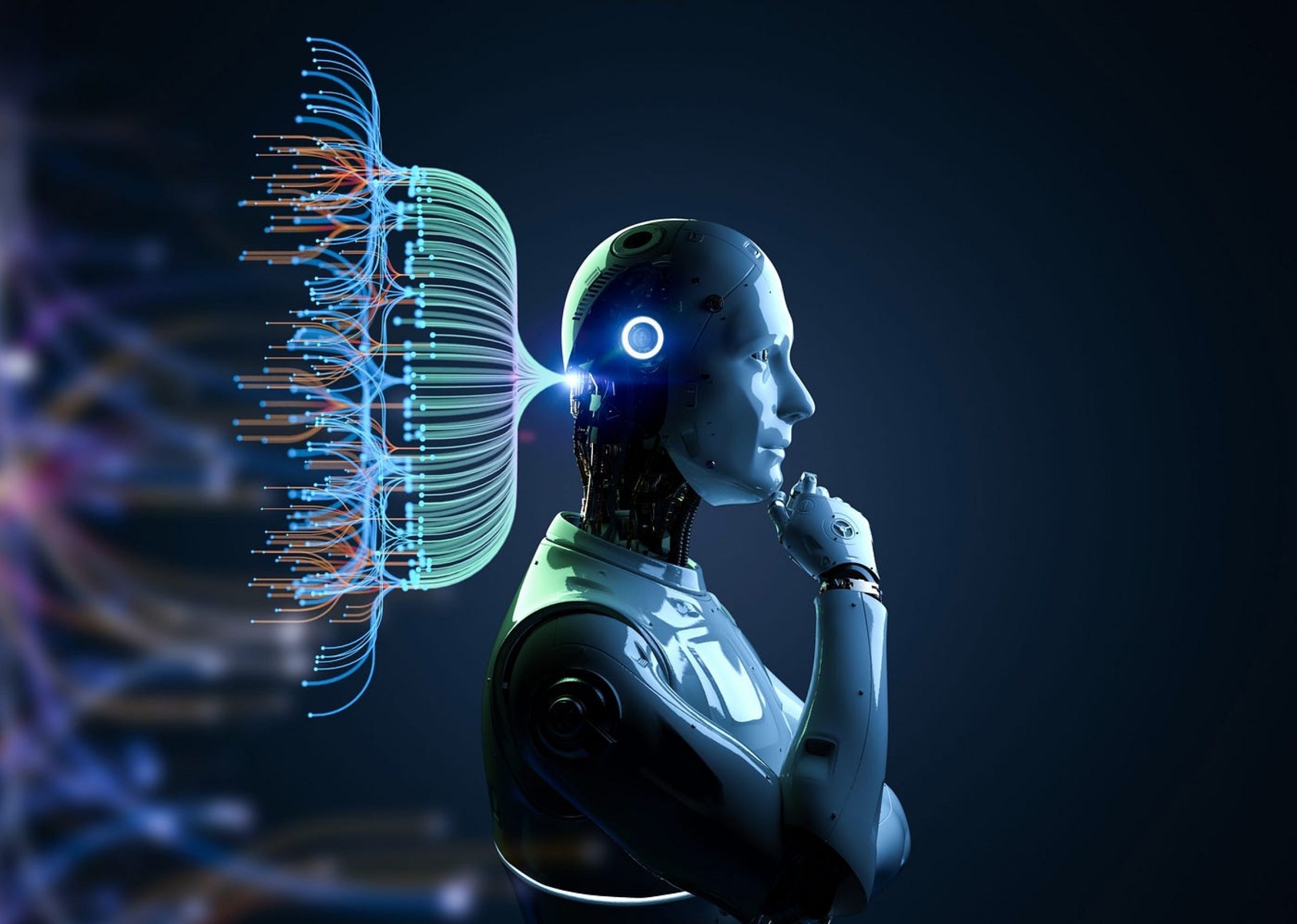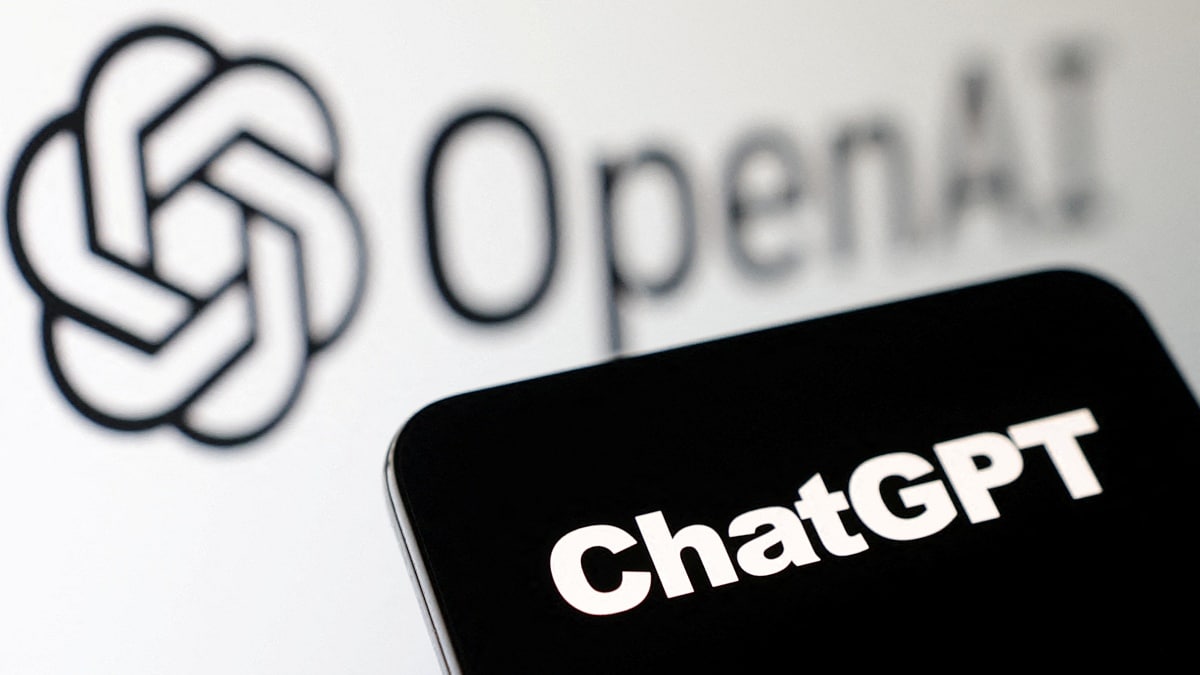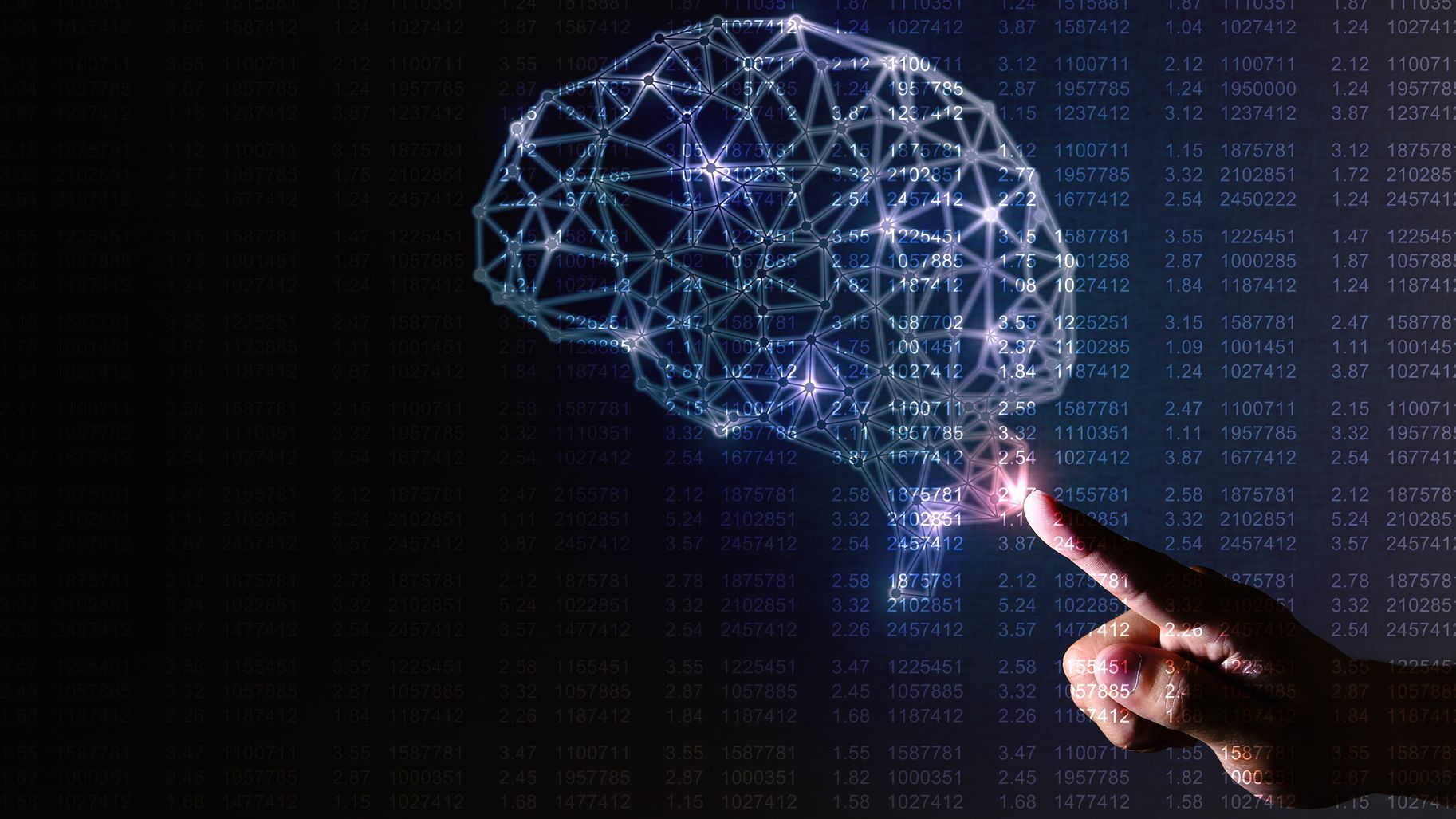Introduction
GPT, which stands for Generative Pre-trained Transformer, is a cutting-edge machine learning model that has gained significant attention and popularity in recent years. Developed by OpenAI, GPT has revolutionized the field of natural language processing and has been applied to various tasks such as text generation, translation, summarization, and even programming code generation.
The primary goal of GPT is to generate high-quality, human-like text by leveraging the power of deep learning and pre-training. By utilizing a transformer architecture and extensive training on a large corpus of data, GPT has the ability to understand and predict words, sentences, and even paragraphs based on the context and input it is provided.
With its advanced language modeling capabilities, GPT has been hailed as a breakthrough in artificial intelligence and has been used in a wide range of applications. From assisting in content creation and improving chatbots to aiding in language understanding and even creative writing, GPT has proven to be a versatile tool with immense potential.
In this article, we will delve deeper into understanding what GPT is, how it works, its training process, applications, and limitations. By the end, you will have a comprehensive understanding of this powerful machine learning model and its impact on various domains.
What is GPT?
GPT, short for Generative Pre-trained Transformer, is an advanced machine learning model developed by OpenAI. It falls under the category of neural network-based models and is specifically designed for natural language processing tasks.
At its core, GPT is a language generation model. It is trained on large amounts of text data to learn the statistical patterns and structures of language, enabling it to generate coherent and contextually relevant text in response to certain prompts or inputs.
One of the key features that sets GPT apart is its transformer architecture. Transformers are a type of neural network that allows the model to capture long-range dependencies and relationships in the text. This makes GPT particularly effective in understanding the semantic connections between words, sentences, and even entire paragraphs.
The “pre-trained” aspect of GPT refers to the initial training phase, where the model is trained on a large corpus of text data, such as books, articles, and websites. This pre-training phase helps GPT to learn the basic language patterns and rules from the input data without any specific task in mind.
After pre-training, GPT goes through a fine-tuning process, where it is further trained on specific tasks or datasets to make it more suitable for those particular tasks. This fine-tuning process helps GPT to adapt its knowledge and skills to the specific requirements of the intended application or use case.
Overall, GPT is a state-of-the-art language generation model that combines the power of deep learning, transformers, and extensive training on large datasets. Its ability to understand and generate high-quality text has made it a valuable tool in various domains, including content creation, virtual assistants, customer support chatbots, and language translation, among others.
How does GPT work?
GPT, which stands for Generative Pre-trained Transformer, employs a unique architecture and training process to generate coherent and contextually relevant text. Understanding how GPT works requires familiarity with transformers and the principles of pre-training and fine-tuning.
The core of GPT is its transformer architecture. Transformers are neural network architectures that excel at capturing long-range dependencies and relationships in text, making them suitable for language processing tasks. The transformer architecture consists of an encoder and a decoder. In GPT, only the encoder is used since it focuses on generating text based on input prompts.
GPT undergoes two main phases during its training: pre-training and fine-tuning. In the pre-training phase, GPT is exposed to a massive amount of text data, such as books, articles, and websites. It learns to predict the next word in a sentence based on the preceding words, absorbing the patterns and structures of language along the way.
This unsupervised pre-training process enables GPT to develop a strong understanding of grammar, syntax, and semantics. It also helps the model gain world knowledge and context from the diverse text sources it is exposed to.
After pre-training, the model enters the fine-tuning phase. During this phase, GPT is trained on specific tasks or datasets, carefully selected to align with the intended application or use case of the model. Fine-tuning fine-tunes the pre-trained model by narrowing its focus to the target task and adjusting its parameters accordingly.
The fine-tuning phase allows GPT to adapt its knowledge and skills to the requirements of the specific task. For example, if GPT is fine-tuned using a dataset of customer support conversations, it will learn to generate responses that are relevant and helpful in a customer service context.
During inference, when GPT is given an input prompt, it generates text by predicting the most probable next word or sequence of words based on its pre-trained knowledge and the given input. The generated text is influenced by the context and semantics of the input prompt, resulting in coherent and contextually appropriate responses.
Although GPT excels at generating human-like text, it does have limitations. It may occasionally produce incorrect or nonsensical outputs, especially in situations where the input context is ambiguous or the desired output is not well-defined.
Overall, GPT’s architecture, coupled with its pre-training and fine-tuning process, enables it to generate high-quality text that is remarkably close to human-generated content. The training process ensures that GPT understands the intricacies of language, allowing it to produce coherent and contextually relevant responses.
Training GPT
The training of GPT, or Generative Pre-trained Transformer, involves two main phases: pre-training and fine-tuning. These phases are essential to ensure that the model can generate coherent and contextually relevant text. Let’s explore these training stages in more detail.
In the pre-training phase, GPT is exposed to a vast amount of text data, typically comprised of books, articles, and websites. The model learns to predict the next word in a sentence based on the preceding words, effectively capturing the statistical patterns and structures of language. This unsupervised training process helps GPT develop an understanding of grammar, syntax, and semantics in various contexts.
During pre-training, GPT utilizes a transformer architecture, which excels in capturing long-range dependencies and relationships in text. Transformers consist of multiple layers of self-attention mechanisms, allowing the model to weigh the importance of different words and their contexts when generating text.
After successfully pre-training the model on a diverse range of texts, GPT enters the fine-tuning phase. In this stage, the model is trained on specific tasks or datasets that are carefully selected to align with the desired application or use case. Fine-tuning helps GPT adapt its pre-trained knowledge to the specific requirements of the target task.
The fine-tuning process involves adjusting the parameters of the pre-trained GPT model using the task-specific dataset. By exposing the model to task-specific data, GPT learns to generate text that is more suitable and accurate for the intended application.
It is worth noting that GPT can be further fine-tuned on multiple tasks or datasets. This ability to transfer knowledge across domains makes GPT a versatile model that can handle a wide array of natural language processing tasks.
During both pre-training and fine-tuning, the quality and diversity of the training data play a crucial role in the performance of GPT. Training GPT on large and diverse datasets helps the model grasp the nuances of language and enhances its ability to generate high-quality text.
Training GPT is a computationally intensive process that requires significant computational resources and time. The model is typically trained on specialized hardware, such as graphics processing units (GPUs) or tensor processing units (TPUs), to accelerate the training process.
Overall, the training of GPT involves pre-training the model on a large corpus of text data to learn the statistical patterns of language. This is followed by fine-tuning on specific tasks or datasets to customize the model for a particular application. The training process ensures that GPT can generate coherent and contextually relevant text based on the input received.
Applications of GPT
GPT, or Generative Pre-trained Transformer, has found a wide range of applications across various domains. Its ability to generate coherent and contextually relevant text makes it a valuable tool in numerous natural language processing tasks. Let’s explore some of the prominent applications of GPT:
- Content Generation: One of the primary applications of GPT is in content generation. It can be used to automatically generate high-quality articles, blogs, product descriptions, and more. GPT can assist content creators by providing ideas, drafts, and even completing sentences.
- Chatbots and Virtual Assistants: GPT can enhance the conversational capabilities of chatbots and virtual assistants. It enables them to generate more human-like and contextually appropriate responses to user queries, improving user interaction and engagement.
- Translation and Summarization: GPT can be leveraged for language translation and text summarization tasks. By training the model on large-scale multilingual datasets, it can generate accurate translations and concise summaries.
- Question Answering: GPT has been utilized in question answering systems, where it can provide detailed and informative answers to user queries based on its knowledge and understanding of a given topic.
- Creative Writing: Writers can use GPT as a tool for creative writing and brainstorming. By providing it with a prompt, GPT can generate creative ideas, plotlines, or even complete short stories or scripts.
- Code Generation: GPT has been applied to code generation tasks, where it assists in automatically generating programming code based on given requirements or descriptions. This is particularly useful in accelerating software development processes.
These are just a few examples of the applications of GPT. Its versatility and language generation capabilities open up possibilities across various industries, including marketing, customer service, education, and more. As GPT continues to evolve, its applications are expected to expand even further.
Limitations of GPT
While GPT, or Generative Pre-trained Transformer, is an impressive language generation model, it does have its limitations. It is important to be aware of these limitations when utilizing GPT for various applications. Let’s discuss some of the key limitations of GPT:
- Lack of Common Sense: GPT lacks common sense reasoning and world knowledge. Although it can generate coherent and contextually relevant text, it may occasionally produce incorrect or nonsensical outputs, especially in situations where the input context is ambiguous or the desired output requires common sense knowledge.
- Over-Reliance on Training Data: The quality and diversity of the training data greatly influence the performance of GPT. If the training data is biased or limited, GPT may generate biased or inaccurate responses. It is essential to ensure that the training data is diverse and representative of different perspectives and contexts.
- Vulnerable to Adversarial Attacks: GPT is susceptible to adversarial attacks, where intentionally crafted input prompts can lead the model to produce biased or malicious outputs. This highlights the importance of robustness and security when deploying GPT in real-world applications.
- Difficulty with Abstract Concepts: GPT struggles with understanding and generating text related to abstract concepts or topics that require deep domain knowledge. Generating accurate and coherent text in such cases may be challenging for GPT.
- Limited Control: GPT operates as a black box model, meaning it can be challenging to have fine-grained control over the generated text. While techniques like prompt engineering and conditioning can provide some control, ensuring precise output from GPT remains a challenge.
- Contextual Dependency: The quality and relevance of the generated text heavily rely on the input context. Minor changes in the input can lead to significant variations in the generated output. Ensuring consistent and accurate text generation across different contexts can be a complex task.
It is crucial to consider these limitations and employ strategies to mitigate them when using GPT in real-world applications. Continued research and development in the field of language generation models like GPT aim to address these limitations, offering more robust and reliable outcomes in the future.
Conclusion
GPT, or Generative Pre-trained Transformer, has emerged as a game-changer in the field of natural language processing. With its advanced language modeling capabilities, GPT has been applied to a wide range of tasks, from content generation and translation to question answering and creative writing.
Through a combination of pre-training and fine-tuning, GPT acquires a deep understanding of language and context, allowing it to generate coherent and contextually relevant text. The transformer architecture employed by GPT enables it to capture long-range dependencies and relationships in text, enhancing its ability to generate high-quality outputs.
However, it is important to acknowledge the limitations of GPT. The lack of common sense reasoning, vulnerability to adversarial attacks, and difficulty with abstract concepts are some of the challenges associated with using GPT. Additionally, fine-grained control over the model’s output and maintaining consistent text generation across different contexts can be complex.
Despite these limitations, GPT continues to evolve and improve. Ongoing research and development efforts aim to address these challenges, making GPT more robust, accurate, and reliable in generating human-like text.
As GPT becomes more sophisticated, its applications are expected to expand further, impacting industries such as content creation, customer service, language translation, and more. With careful consideration of its strengths and limitations, GPT can be harnessed as a powerful tool for automating and enhancing various natural language processing tasks.
In summary, GPT represents a significant milestone in the field of language generation models. Its impressive capabilities, coupled with ongoing advancements, make it a valuable asset in the world of artificial intelligence and natural language processing.

























